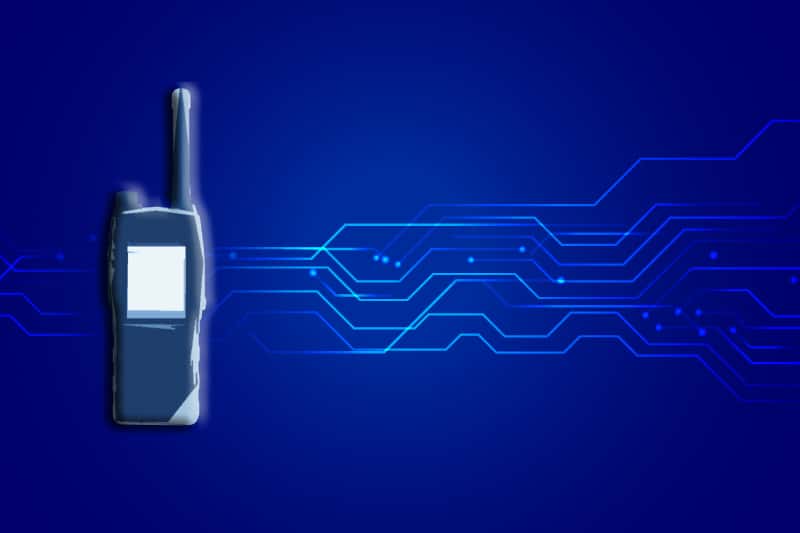In previous posts we have mentioned the SDM (Synchronous Data Manager), an optimization algorithm developed and patented by Teltronic, (ES2353886-B1), that makes possible that the TETRA NEBULA system improves considerably the data transmission of the TETRA standard.
How is this increased capacity achieved? Let’s see.
In TETRA technology, when terminals transmit SDS (Short Data Service) messages, they randomly access the radio medium, and at that time, air collisions may occur when two or more terminals simultaneously access the control channel (which is used for SDS transmission) of the base station in which they are registered. These collisions occur because the technology does not introduce any mechanism to order such access and, therefore, with a greater number of terminals registered under the same coverage area, the probability of such collisions will increase.
When these collisions occur, the standard applies a set of rules to enable a new access of the terminals to the control channel by separating them in time to resend their transmissions. This results in transmission inefficiency: every time two terminals transmit an SDS message simultaneously under the same base station, a collision will occur, involving at least one retransmission retry and, consequently, a loss of efficiency.
This situation is not uncommon in a TETRA deployment. Let’s think for example in the GPS positioning systems of the radios of patrol cars and police officers; as soon as there is a relatively high number of terminals registered in the same base station, this inefficiency in bandwidth resources will appear and, as a consequence, a determined volume of data will need a longer transmission time.
It is precisely this effect that Teltronic’s SDM application avoids, by means of a set of mechanisms oriented to maximize the bandwidth available in the system by eliminating the air collisions. For this purpose, the central node of NEBULA implements some processes:
- Scheduled radio polling. Instead of the terminals transmitting data to the application whenever they want and without any planning, it is the infrastructure that requests data transmission to the terminals. This ensures that the terminals do not access the control channel randomly, but rather the opposite, that they access it in a synchronized manner, thus eliminating possible air collisions.
- Resource reservation on the control channel. The terminal that has just been polled can access the control channel to transmit its SDS message if no other terminal accesses the control channel simultaneously. This eliminates the possibility of retry transmissions that reduce the effective bandwidth of the system.
- Parallel polls. If a system is composed of N base stations, then polls are carried out in parallel to a terminal in each of the N zones, so that the simultaneous sending of information from N terminals is allowed without any possibility of collision. In the same way that the polls are managed simultaneously between the different zones, this simultaneity is also applied between the different secondary control channels in each specific zone.
The improvement in the bandwidth utilization of the TETRA system introduced by SDM can be quantified. In order not to go too deep into technical issues, let’s use an example of a real deployment.
Among its transport references, Teltronic deployed the TETRA network that serves the urban buses of Barcelona, a transport system that serves one of the most important cities in Europe, with a fleet of 1,200 buses. All of them are equipped with an on-board radio that, through the NEBULA system, sends the GPS position of the vehicles to the control centre, in order to carry out the remote management of the fleet.
This process, thanks to SDM, takes only 11 seconds, while if the transmission were carried out over the transmission capacity of the TETRA standard, it would take up to 33 minutes. This is a very sensitive difference that allows the control center to make decisions in real time (increase frequencies, resolve accidents) that improve the operation and benefit the users.
This GPS application is a typical application that shows the value of Teltronic’s SDM patent, but it is not the only one. In sectors such as industry or utilities, for example, there are TETRA systems dedicated exclusively to the operation of data applications through SDM, in which case the transmission capacity of SDS messages is even greater. This, in integration with SCADA, allows system managers to know practically in real time the operation of each of the elements that make them up, improving the efficiency and operation model of the entire infrastructure.



